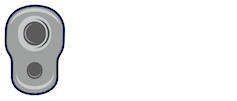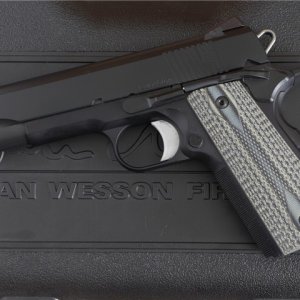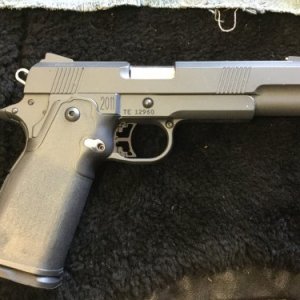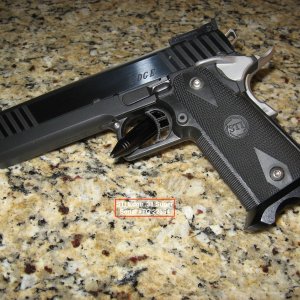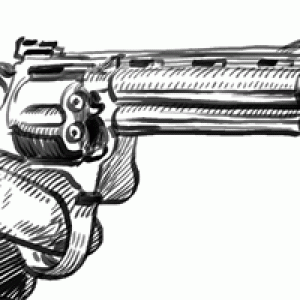yury
Well-Known Fanatic
[SIZE=11pt]A midlife crisis is coming … Alright, alright, alright. The doctor said that somebody needs some type of sport activity, especially for a guy who sits behind a computer screen most of his life. So I decided to try shooting, with absolutely no prior experience, as a sport in the summer of 2016. There was nobody who can introduce me to the shooting, so I gave myself time to find more about it and whether it is for me. The choices were: USPSA, Steel Challenge, Skeets/Sporting Clays, 3gun, Bullseye. After one year of some researches and trials the choices was made, the baseline was set and the goals were defined.[/SIZE]
[SIZE=11pt]USPSA and Steel Challenge are fun and easy to enter (in terms of required equipment). I decided to start at the Production Division: there are less thinking in what tuning needs to be done to the gun or equipment, and at the same moment, more basic skills (such as recoil control, reloading, planning) are required. My thinking is: whatever I’ll improve in my training towards USPSA competitions will assist with other shooting discipline choices above. [/SIZE]
[SIZE=11pt]I prefer to improve myself hence this shooting log to track my progress. I hope somebody will find notes here useful to reach their goals faster.[/SIZE]
[SIZE=11pt]USPSA and Steel Challenge are fun and easy to enter (in terms of required equipment). I decided to start at the Production Division: there are less thinking in what tuning needs to be done to the gun or equipment, and at the same moment, more basic skills (such as recoil control, reloading, planning) are required. My thinking is: whatever I’ll improve in my training towards USPSA competitions will assist with other shooting discipline choices above. [/SIZE]
[SIZE=11pt]I prefer to improve myself hence this shooting log to track my progress. I hope somebody will find notes here useful to reach their goals faster.[/SIZE]
